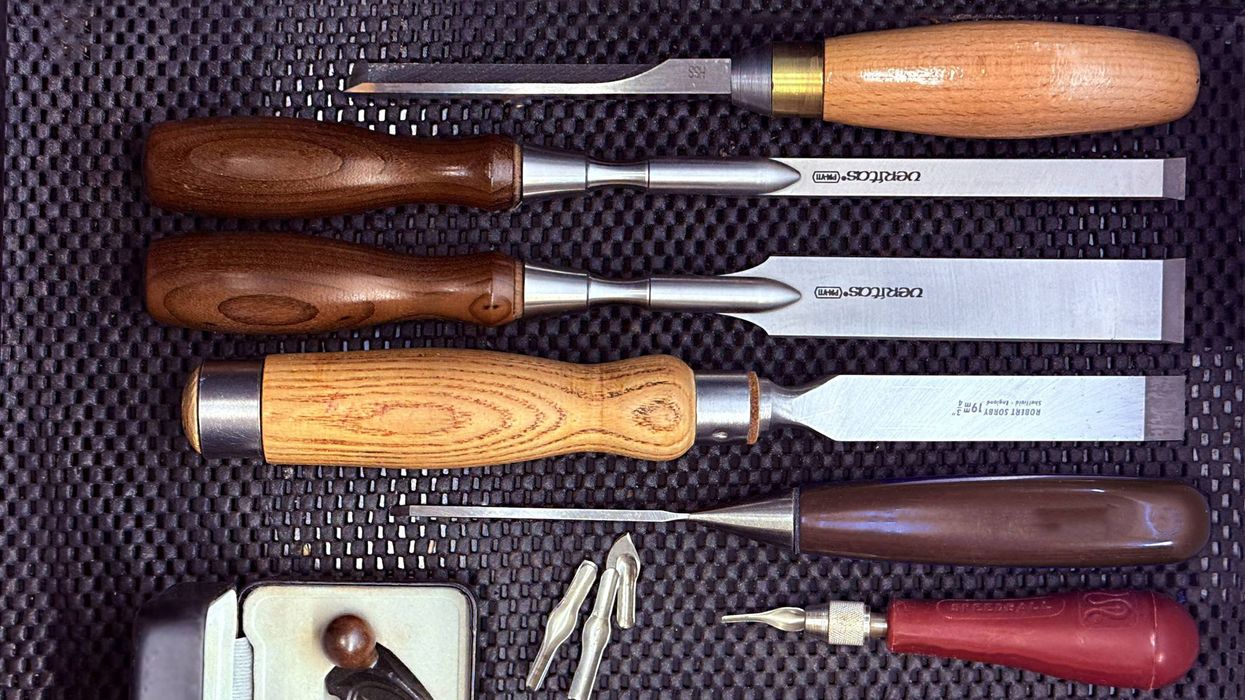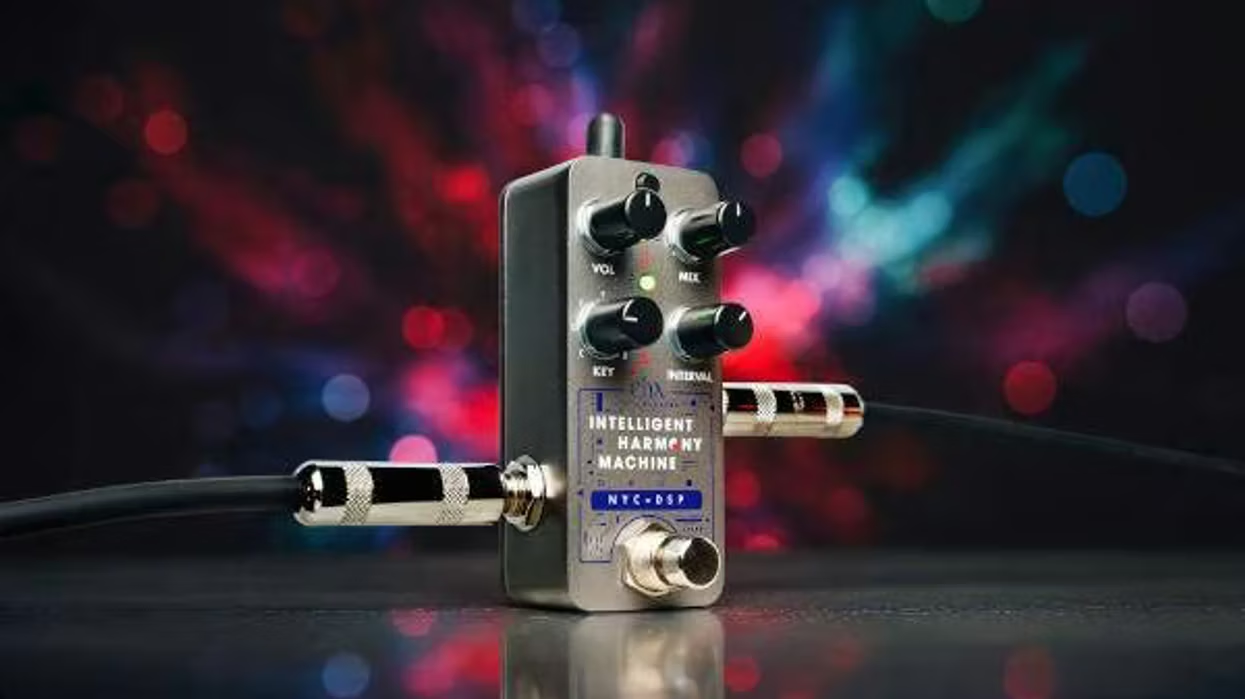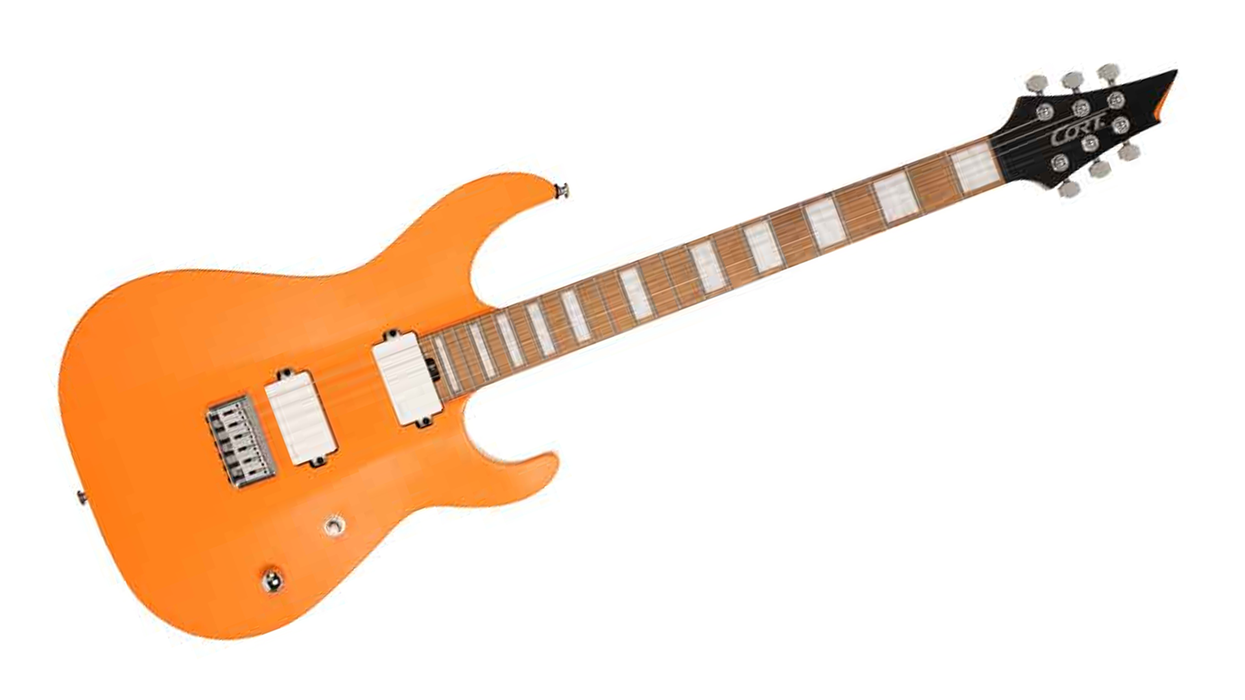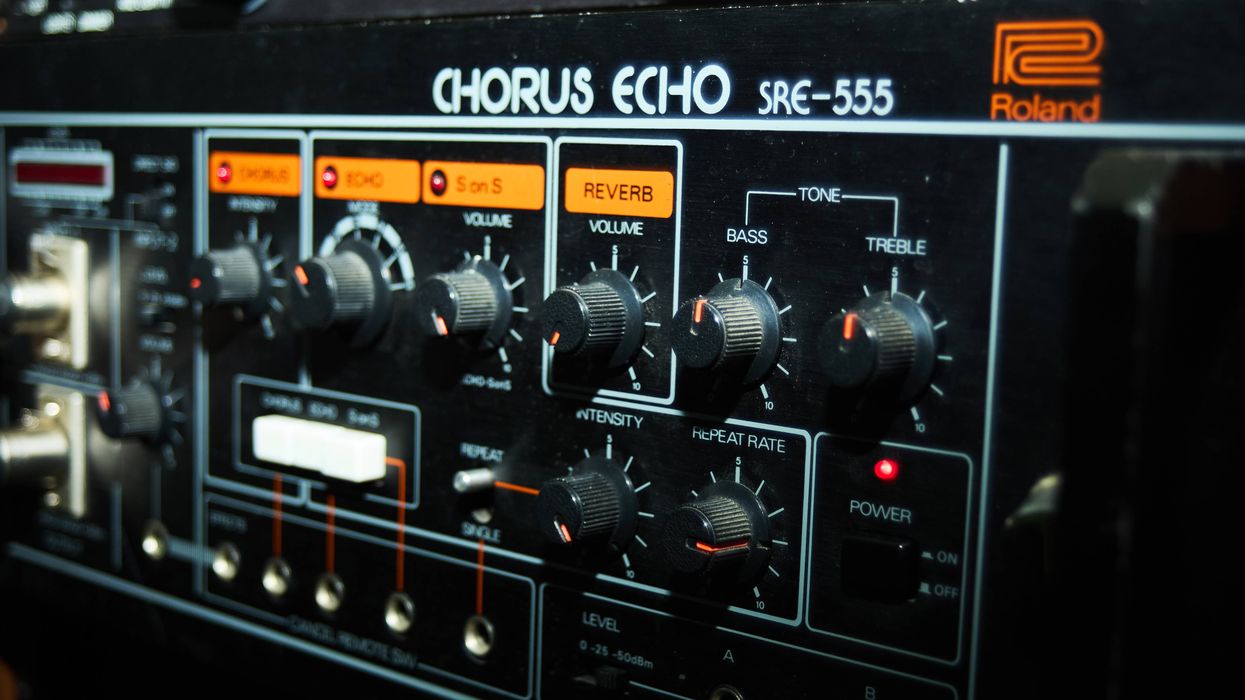How’s everybody doing? It dawned on me that there might be a few readers who feel some of the topics discussed in this column are a bit unorthodox. To be honest, I used to question some of these ideas myself—until I had a chance to test them under real working conditions, that is! A month or so back, we jumped into the world of biasing an amplifier by ear. Since that particular column was published [August 2008], I have received several requests from Premier Guitar readers asking for some advice on how to perform this ear biasing procedure. One reader actually got a phone call from me to assist him with fine-tuning his amplifier to get it to sound good. It was a threechannel amplifier, but the distortion channel didn’t sound very big and the clean channel sounded quite thin. It was really out of balance any way you sliced it.
If you don’t feel competent to perform these techniques, do not attempt them yourself. Have a qualified technician help you. |
What are some good benchmark reference tones to ponder? Imagining great Fender combo amp tones by chance? Then listen to the 1978 Dire Straits debut album. Magical Fender tones are found here in spades, and this record is a general benchmark for Blackface Fender tones—that’s a Vibrolux amp you hear, with a 1961 Stratocaster in tow (played with bare fingers). In a Marshall mood? Try listening to Humble Pie’s classic 1971 live album Performance: Rockin’ the Fillmore. Those amps were Tremolo 100 watt heads with vintage 4x12 Marshall cabinets. If you’re a HiWatt freak, listen to anything from Pink Floyd’s post 1968 catalog. David Gilmour has been using the same HiWatt amps forever.
There are some basic rules to observe here as a guide. The first is to bias your amplifier on a cleaner setting. Usually, you’ll have to pump your amp up to around the halfway mark for starters. The reason is simple: you’ll need adequate volume to get the harmonic overtones reacting and ringing out together. It’s also important to bias the amplifier at gigging volume so you know it’ll be right when you turn it up at a gig. Sounding multiple notes and playing open strings (as partial or full chords) is quite useful, because as more notes are put into the harmonic stew, you’ll begin to notice a mystical “swirling” motion to the chords you’re playing. This effect is what makes a great sounding amp a truly unique instrument.
You’ll notice this phenomenon when you let a chord sustain freely; the notes will speak together and interact in a most musical way. Remember that when correctly biased, the clean setting will ultimately dictate how the distorted channel will sound, not the other way around. The second rule is to keep a sharp eye on your tubes’ internal plates. Avoid cranking the bias trimpot to the point where your power tubes are glowing a very bright red. You’re way over the line if you see this happen. When I describe this red glow, understand that I mean that the whole plate structure is visibly red, not just the center filament that goes up the middle of the tube (that’s okay). Turn the bias control down if you see red glowing plates at any time. You can suck the life right out of the power tubes. Keep your eyes peeled and you’ll be fine.
Once you have the clean sound dialed in, you’ll want to listen for any excessive hum. If the clean sound is big, rich and swirling, the noise you hear should be at normal levels. When an amp is happy it sounds incredibly good! Now turn the amplifier up a bit more…you should hear the notes of a chord getting more complex in tonality.
When the clean tones sound right, it’s time to kick in the distortion channel or, if you have a non-master volume amplifier, turn it up to maximum volume to check how it sounds (and feels). Is it thick and even? Is the noise level acceptable? Do the power tubes’ plates look okay?
There is another trick that I’ve be known to use when biasing my amplifiers, something I thought of many years ago when I needed to confirm proper operating tube temperature. The Jim Kelley amps run at a whopping 490 – 495 volts, and this makes for a very hot amplifier running four 6V6s. One day, a friend came over to have me bias his Kelley amplifier when I thought of a way to compare his amp to my own: I call it the “spit test.” I actually took a tiny bit of my saliva and applied it directly to the power tube. Pssssst! That’s all it took to confirm the tubes were running at proper voltage.
I hope this month’s installment has given you some more tonal food for thought. Enjoy, and we’ll see you next month.
Dean Farley
Dean Farley is the chief designer of "Snake Oil Brand Strings" (www.sobstrings.net) and has had a profound influence on the trends in the strings of today











![Rig Rundown: Russian Circles’ Mike Sullivan [2025]](https://www.premierguitar.com/media-library/youtube.jpg?id=62303631&width=1245&height=700&quality=70&coordinates=0%2C0%2C0%2C0)



